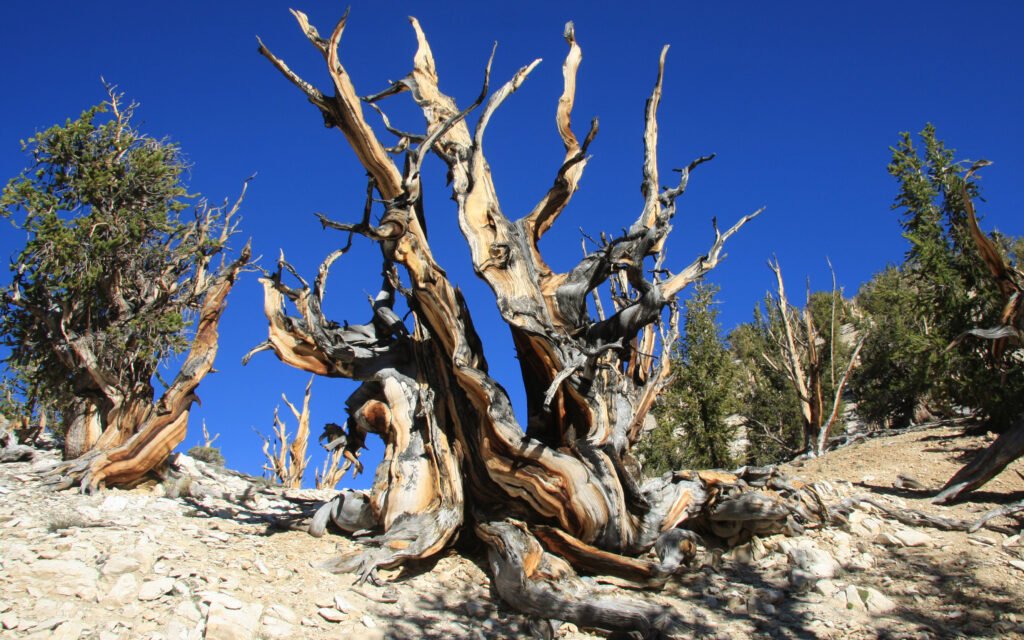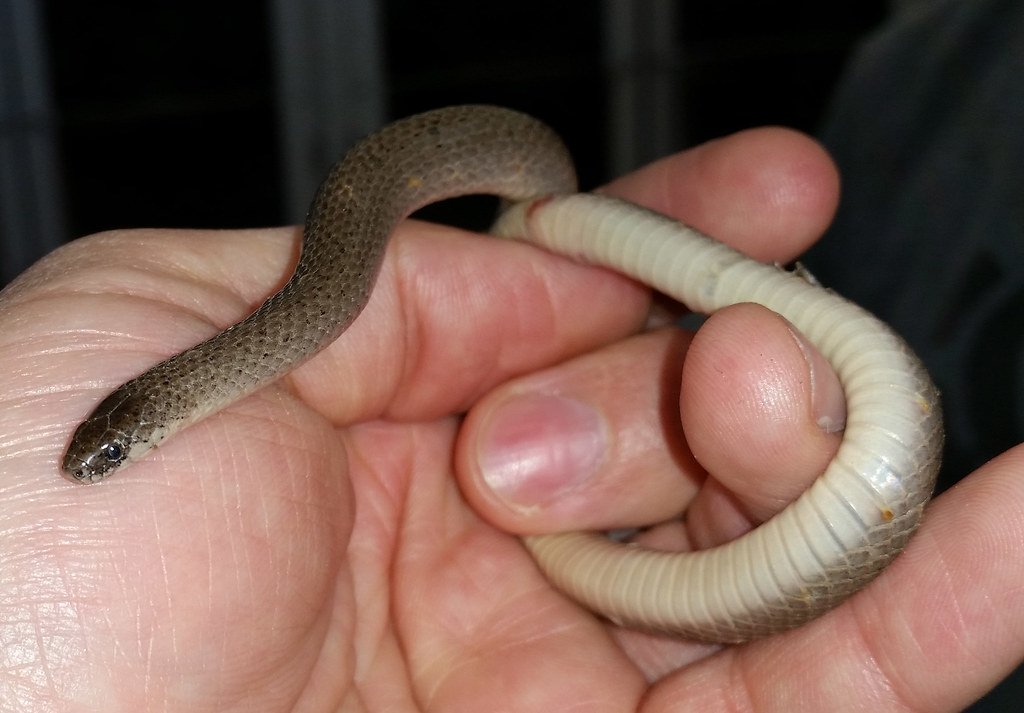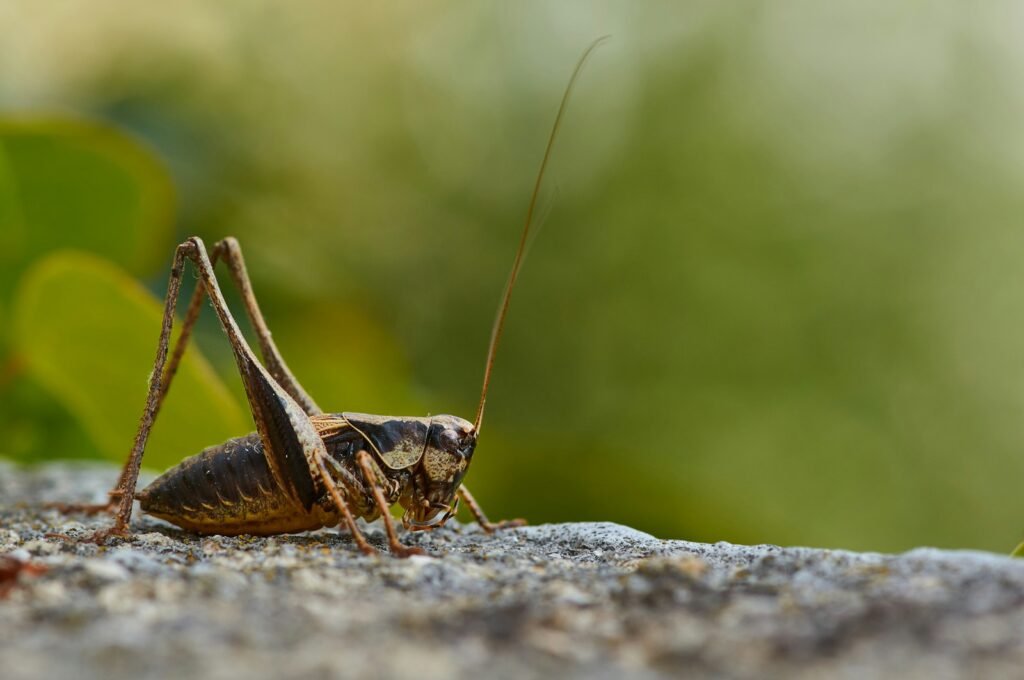Beneath the silent hush of ancient forests, a living witness to millennia stands tall. Imagine a being so old it predates entire civilizations, quietly soaking up sunlight through the centuries as empires rise and fall, languages are born and forgotten, and the world changes beyond recognition. The world’s oldest living tree is not just a marvel of age—it is a living testament to resilience, adaptation, and the mysterious power of nature to endure. The story of this ancient organism isn’t just about age, but about the profound secrets locked within its rings, the art of survival, and what it can teach us about life on Earth.
The Methuselah Tree: An Ancient Sentinel

Nestled among the windswept White Mountains of California, the Methuselah tree has silently outlasted human history. This bristlecone pine, estimated to be over 4,800 years old, is currently recognized as the oldest known non-clonal tree on the planet. Its gnarled, weather-beaten trunk tells a story of survival against the odds, enduring brutal winters, fierce winds, and parched summers. Methuselah’s location remains a closely guarded secret to protect it from harm, making it all the more mysterious. Despite its age, the tree continues to grow, pushing out new needles each spring—a remarkable display of vitality. Methuselah’s existence is like a living time capsule, offering a direct connection to a prehistoric world.
Clonal Giants: Pando the Trembling Giant
While Methuselah holds the record for the oldest single tree, some of the planet’s most ancient beings are clonal colonies—organisms made up of genetically identical stems connected by a single root system. The most famous of these is Pando, a grove of quaking aspens in Utah. Pando is estimated to be at least 14,000 years old, possibly older, making it one of the oldest and heaviest living things on Earth. Each tree in Pando’s grove is a stem that shares the same genetic makeup, constantly regenerating even as individual trunks die. This astonishing strategy of persistence through cloning reveals a different kind of botanical immortality, challenging our ideas about what it means to be “alive” for thousands of years.
Secrets Hidden in Growth Rings
Every year, trees add a new ring beneath their bark, recording the passage of time like pages in a diary. These rings hold a wealth of information—not just about the tree’s age, but about the climate, atmospheric conditions, and even volcanic eruptions of centuries past. Scientists study these rings to reconstruct ancient weather patterns and understand how the climate has changed. The Methuselah tree’s rings, for example, have helped researchers trace droughts, cold snaps, and periods of abundant rainfall over nearly five millennia. It’s a reminder that trees are not just passive witnesses, but active record-keepers of Earth’s environmental history.
Survival Strategies: How Ancient Trees Endure
The world’s oldest trees survive thanks to an array of impressive adaptations. Bristlecone pines like Methuselah grow slowly in harsh, nutrient-poor soils, which actually helps them avoid diseases and pests. Their dense, resinous wood resists rot and insect attacks, while their high-altitude environment keeps competition at bay. These trees often sacrifice branches and parts of their trunk, redirecting energy to healthy sections—a process called “partial dieback” that extends their lives. The ability of clonal trees like Pando to regenerate entirely from their roots when damaged gives them an almost mythical resilience. Together, these strategies create a blueprint for botanical longevity.
Lessons from the Ancient Ones
The ancient trees of our world are more than just natural wonders; they’re living laboratories. By studying how these trees survive for millennia, scientists gain insights into resilience, adaptation, and biological processes that could help modern forests withstand climate change. Some researchers are even applying knowledge from ancient trees to crop science, searching for genes associated with drought tolerance and disease resistance. The endurance of these giants also challenges us to consider our relationship with time, change, and the natural world. Their longevity stands as a silent rebuke to our often short-term thinking.
The Role of Environment in Tree Longevity
Where a tree grows can make all the difference in its lifespan. Bristlecone pines thrive in isolated, high-altitude regions with minimal competition and fewer pathogens. Meanwhile, clonal colonies like Pando flourish thanks to stable conditions and a lack of major disturbance over thousands of years. Soil quality, water availability, and temperature extremes shape the destiny of each tree. By understanding these factors, scientists can better predict which forests are most vulnerable to climate change and which might survive into the next millennium.
Genetic Secrets of Longevity
Modern genetic research is unlocking the mysteries behind the extreme lifespans of certain trees. Scientists have found that ancient species often possess unique genes related to cell repair, disease resistance, and slow growth. For example, bristlecone pines have genetic variants that help them resist the accumulation of cellular damage—a key factor in aging. By unraveling these genetic secrets, researchers hope to breed more resilient trees and perhaps even learn lessons applicable to human health and longevity.
Threats to the Oldest Living Trees
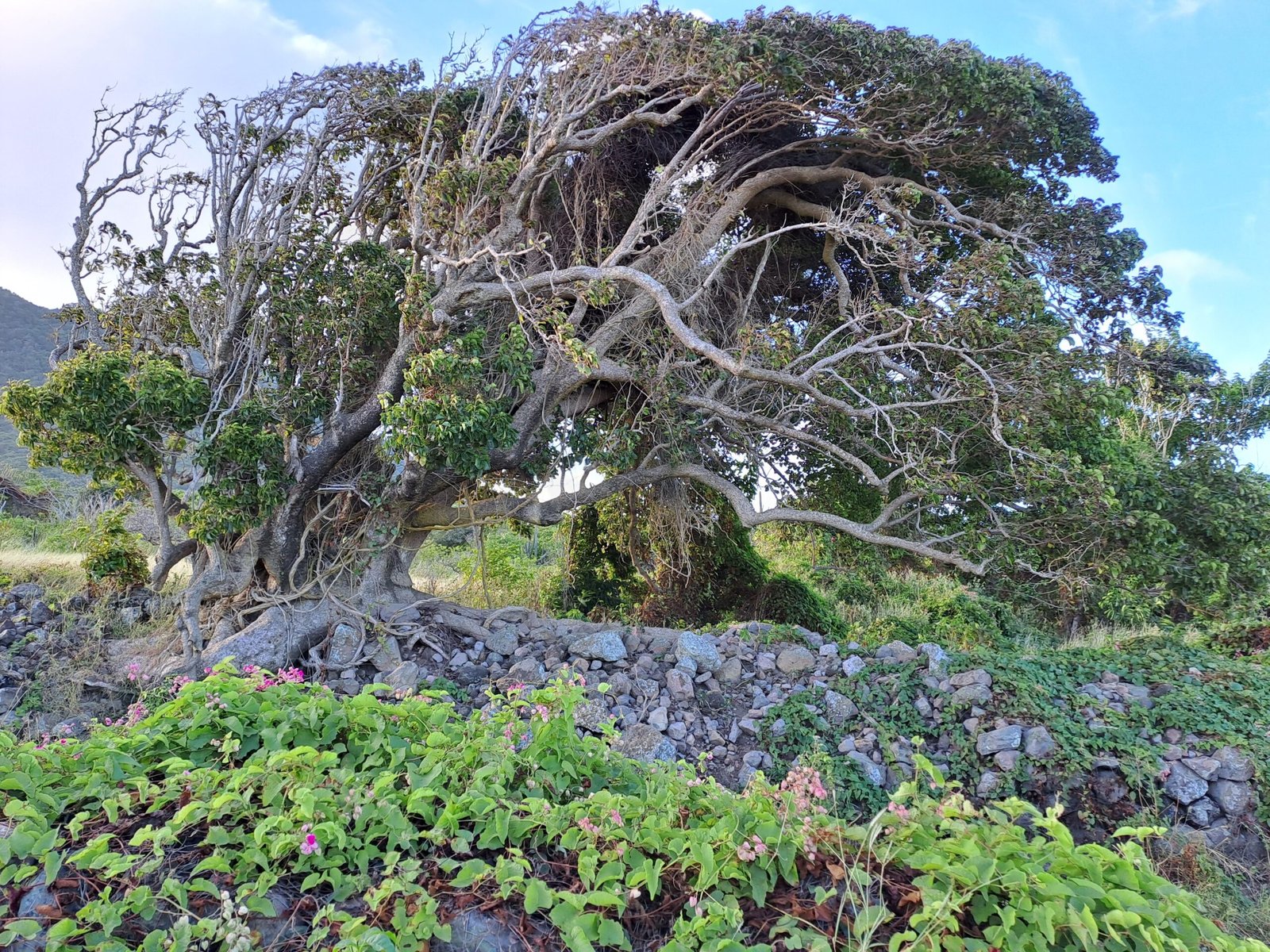
Despite their resilience, the world’s oldest trees face mounting threats. Climate change, deforestation, wildfires, and invasive species are all putting unprecedented pressure on ancient forests. Human curiosity can also be a double-edged sword: increased attention sometimes leads to vandalism or unintentional harm. The secrecy surrounding Methuselah’s exact location is a direct response to such dangers. Protecting these irreplaceable organisms requires careful stewardship and a global commitment to conservation.
Cultural Significance and Symbolism

Ancient trees have always held a special place in human culture and imagination. They are symbols of wisdom, endurance, and immortality, appearing in myths, legends, and spiritual traditions worldwide. The awe inspired by these giants can foster a deeper connection to nature and a sense of responsibility for the living world. People travel great distances to catch a glimpse of these elders, and some cultures revere them as sacred beings. Their presence reminds us of the continuity of life across generations.
What the Future Holds for Earth’s Elders
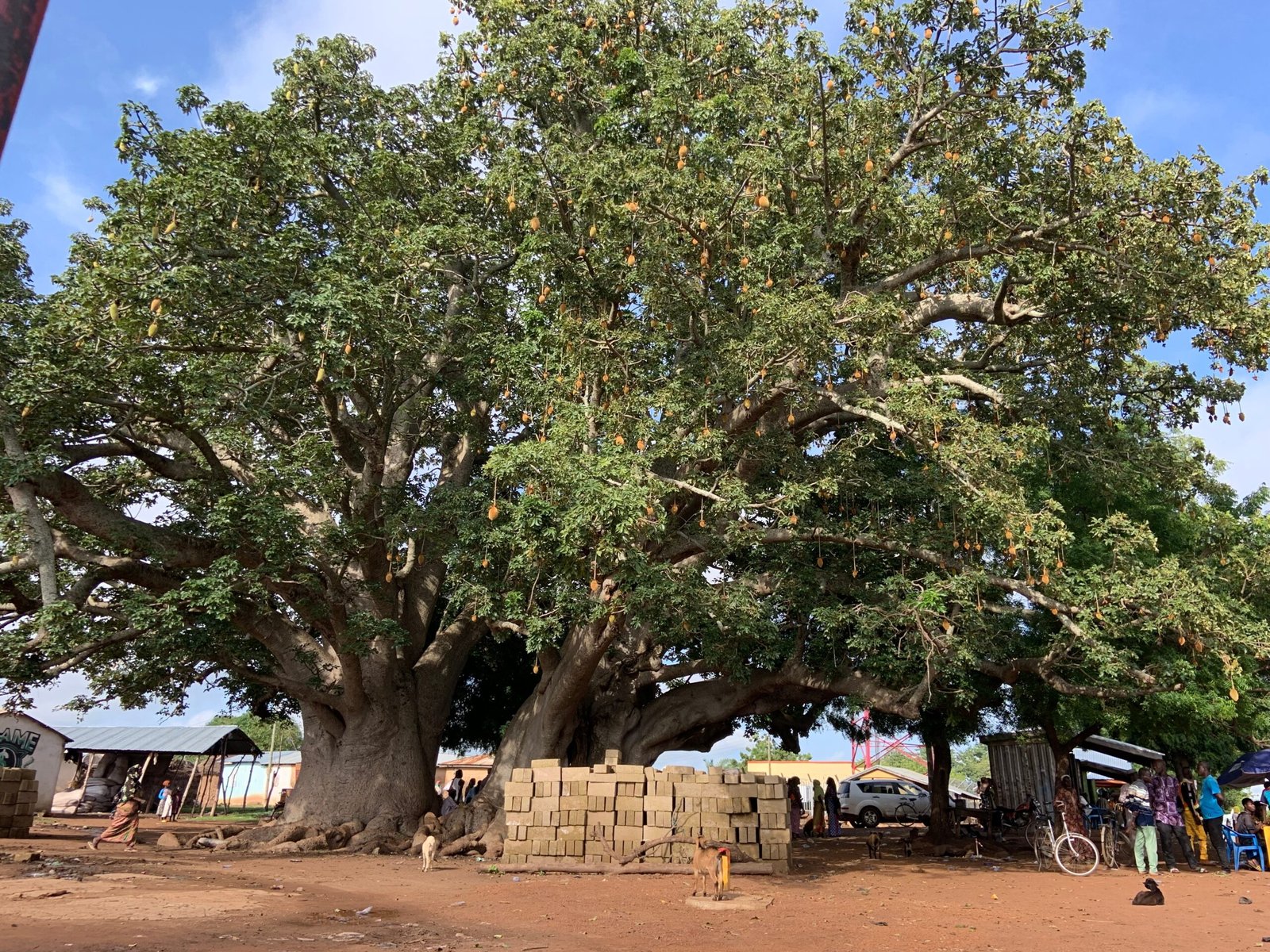
As science advances, new methods for monitoring, protecting, and even propagating ancient trees are emerging. Conservationists are working to clone or seed new generations from the oldest living trees, hoping to preserve their genetics for the future. There is also growing international cooperation to create protected areas and raise public awareness. The fate of these remarkable organisms ultimately depends on our collective choices and our willingness to learn from their example.
The Enduring Mystery of Botanical Longevity
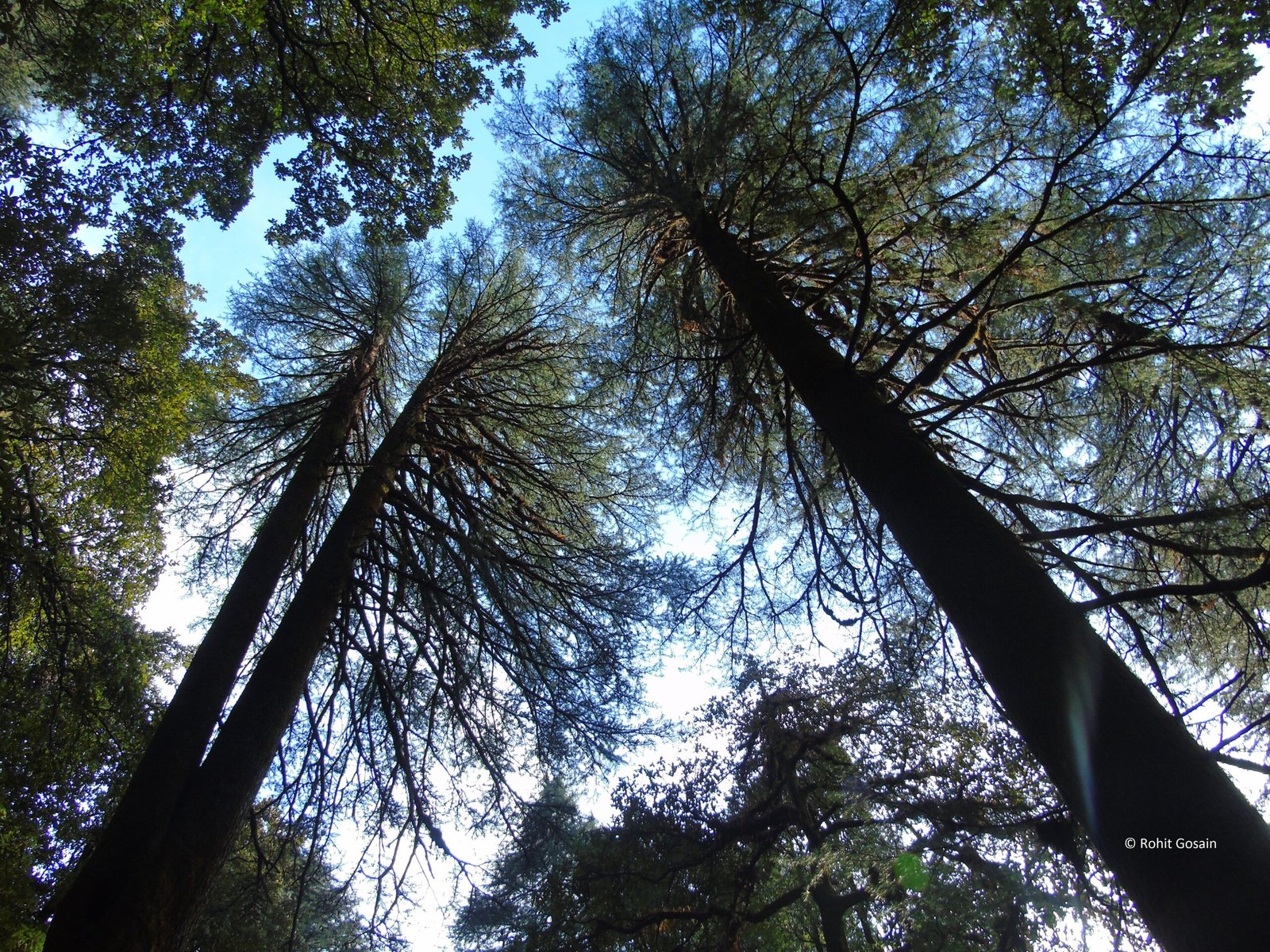
The world’s oldest trees stand as enduring mysteries, their silent presence both humbling and inspiring. They remind us of the vastness of time and the delicate balance of life on Earth. Their secrets—hidden in rings, roots, and genes—offer hope and guidance for the future. In a world fixated on speed and novelty, these ancient beings invite us to slow down, look deeper, and ask: What does it truly mean to endure?

